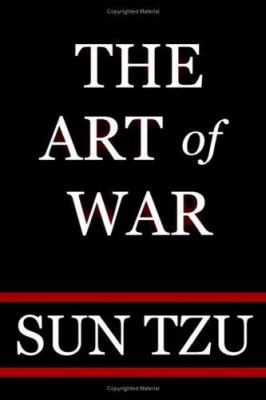Jungle Kids: You're Not Too Little to Be Green
No Synopsis Available.
Format:Paperback
Language:English
ISBN:149076075X
ISBN13:9781490760759
Release Date:July 2015
Publisher:Trafford Publishing
Length:30 Pages
Weight:0.20 lbs.
Dimensions:0.1" x 8.5" x 8.5"
Customer Reviews
3 customer ratings | 3 reviews
There are currently no reviews. Be the first to review this work.





















